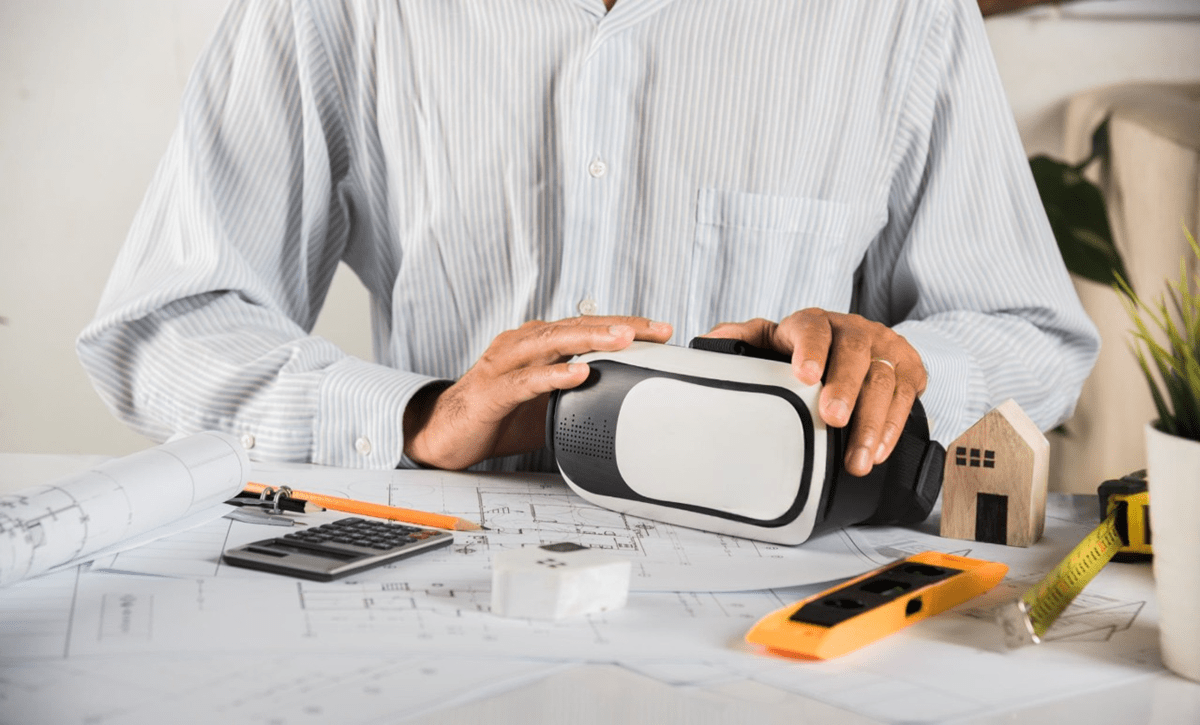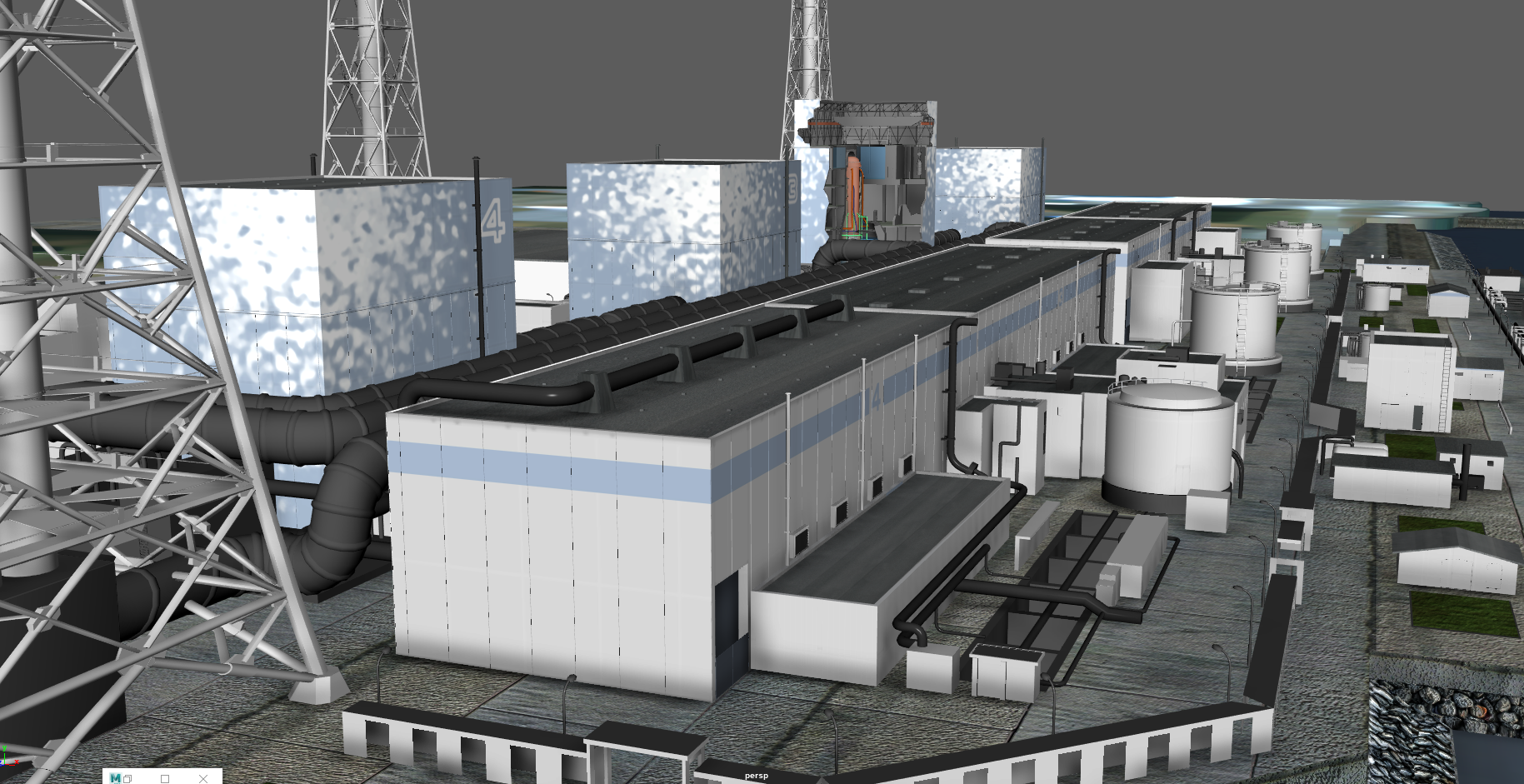
In the evolving landscape of higher education, VR applications in civil engineering are becoming essential tools in preparing students for the demands of real-world projects. As the construction industry becomes more sophisticated, students must gain hands-on experience with technologies that allow them to visualize, design, and simulate the environments in which they’ll work. Virtual reality (VR) is bridging the gap between theory and practice, providing future civil engineers with immersive experiences that traditional classrooms simply cannot offer.
At iXRLabs, we believe in the power of VR to revolutionize the way engineering is taught, and civil engineering is no exception. This article explores how civil engineering colleges are incorporating VR to help students better understand site planning, infrastructure design, and complex simulations, while preparing them to take on real-world challenges upon graduation.
The Need for VR in Civil Engineering Education
Civil engineering is all about the design, construction, and maintenance of the physical and naturally built environment. Projects can range from buildings, roads, bridges, and dams to complex urban infrastructure systems. Traditionally, civil engineering education relied on textbooks, lectures, and 2D diagrams to explain these large-scale projects. However, this method often left students with a limited understanding of how these elements function in a dynamic environment.
Virtual reality is stepping in to provide an immersive learning experience that changes everything. Imagine students walking through a virtual construction site, where they can interact with the environment and visualize the impact of their designs in 3D. This immersive approach allows students to understand the intricacies of civil engineering that are difficult to grasp through static illustrations or classroom discussions.
At iXRLabs, we have developed VR solutions that bring these ideas to life, offering colleges a platform to create VR engineering labs that simulate real-world environments and give students the tools they need to succeed.
Site Walkthroughs: Stepping Into the Project Before Construction Begins
One of the most innovative uses of VR applications in civil engineering is the ability to conduct site walkthroughs before any physical construction begins. This is a game-changer for both students and professionals.
Imagine a student standing in a virtual model of a construction site. They can walk through the entire project, observing potential issues in the design, safety hazards, or inefficiencies in the layout—all before breaking ground. This type of virtual field trips gives students a first-hand experience of navigating a construction site and understanding its complexities without the risks and costs of a real-life construction environment.

Dr. Samantha Ellis, a civil engineering professor at Techtonic University, says, “The ability to walk through our projects in VR has opened up an entirely new dimension of teaching. My students are now able to get a real sense of the scale, layout, and flow of the site, which was previously only taught through drawings and diagrams. It’s a transformative experience.”
Key Benefits of VR Site Walkthroughs:
-
Real-time Interaction: Students can interact with and modify virtual environments in real-time, giving them immediate feedback and enhancing their understanding of how design changes impact the site.
-
Safety Awareness: Virtual walkthroughs allow students to identify safety hazards in a safe, controlled environment, fostering a mindset of risk management.
-
Design Evaluation: Students can test their designs in a virtual environment, making adjustments based on the practical feedback they receive from the simulation.
These virtual site visits prepare students for the physical, logistical, and safety challenges they’ll face when working on real-world projects, making them more confident and competent engineers.
Planning Simulations: Bringing Projects to Life Before They Start
Planning is a critical phase in any construction project, and VR plays a pivotal role in teaching students how to effectively plan large-scale infrastructure projects. In the past, planning simulations were done on paper, spreadsheets, or basic digital models. Today, VR has taken this process to an entirely new level, making planning interactive, dynamic, and much more effective.
VR allows students to visualize construction sequencing, where they can see the construction process unfold step by step. For instance, if students are planning the construction of a highway, they can simulate how the various stages of construction (such as excavation, laying foundations, and road surfacing) will impact the surrounding environment and the project timeline.
At iXRLabs, we work closely with universities to develop tailored VR modules for engineering that allow students to simulate real-world planning scenarios. These simulations let students manipulate timelines, weather conditions, and resources to understand how external factors affect a construction project.
Key Benefits of VR Planning Simulations:
-
Scenario Testing: Students can test different planning scenarios and see how changes in resources, timelines, or weather conditions can affect the project outcome.
-
Time and Resource Management: VR allows students to allocate resources efficiently, providing a hands-on experience with managing project budgets and timelines.
-
Stakeholder Collaboration: Students can simulate meetings with stakeholders, such as contractors, architects, and city planners, helping them practice coordination and communication.
These simulations give students a glimpse into the complexities of project management and help them develop the skills needed to successfully plan and execute large construction projects.
Infrastructure Visualization: Making Complex Designs Accessible
Another significant advantage of VR applications in civil engineering is the ability to visualize complex infrastructure designs in 3D. Students can view entire cityscapes, bridges, tunnels, or buildings from multiple angles, which gives them a deeper understanding of how different structures interact with one another and the surrounding environment.
For instance, a civil engineering student might use VR to explore the internal layout of a building, walk through the infrastructure of a bridge, or see how a highway intersects with other urban infrastructure like train stations and parks. These visualizations are incredibly useful in showing students how different parts of a project come together and work as a cohesive whole.
Dr. Michael Jordan, an early adopter of VR in civil engineering education at Bridgewater College, shares, “The 3D visualizations we use in our VR labs are invaluable for teaching infrastructure design. Students no longer just see lines and numbers on paper—they can immerse themselves in a model that makes complex projects come alive.”
Key Benefits of Infrastructure Visualization in VR:
-
Improved Design Understanding: Students can view structures from all angles, enhancing their comprehension of the spatial relationships between different components.
-
Realistic Simulations: VR enables students to experience their designs in a realistic, interactive environment, helping them spot potential issues early.
-
Design Optimization: Through VR, students can explore alternative design options and evaluate their impact before finalizing a project.
This hands-on experience with virtual infrastructure allows students to better understand the critical role that each element of a project plays in the overall success of a construction endeavor.
Real-World Project Previews: Gaining Valuable Experience Before Graduation
Perhaps one of the most significant ways VR is shaping civil engineering education is by giving students the ability to preview real-world projects before they enter the workforce. Virtual reality allows students to work on a wide range of projects, from residential buildings to complex urban infrastructure, in a fully immersive and interactive way. They can simulate the construction of a bridge, the design of a stadium, or even large-scale urban planning projects like highways and public transportation systems.
This practical exposure to real-world projects is invaluable for students, as it allows them to apply their theoretical knowledge to realistic scenarios. In turn, they gain valuable insights into what their future careers will look like and the challenges they will face on actual job sites.
Key Benefits of VR for Real-World Previews:
-
Hands-on learning: Students can practice real-world skills, from construction management to design optimization, in a virtual setting.
-
Project management experience: Students can take on the role of project manager, making decisions and seeing their impacts on the project outcome.
-
Career readiness: By gaining experience on real-world projects, students are better prepared for the workforce and more confident in their abilities.
A New Era of Civil Engineering Education
The integration of VR applications in civil engineering is transforming the way students learn and interact with the subject. From site walkthroughs and planning simulations to infrastructure visualizations and real-world project previews, VR provides a level of immersion and interactivity that traditional methods simply cannot match.
Colleges and universities across the globe are adopting VR to enhance their civil engineering programs, offering students a unique opportunity to gain practical experience before stepping foot on a real construction site. By embracing VR technology, these institutions are preparing students for the challenges of tomorrow, equipping them with the skills and knowledge they need to succeed in the dynamic world of civil engineering.
As the construction industry continues to evolve, the use of VR engineering labs will only become more integral to the education of future civil engineers. By embracing VR, we’re not just teaching students about civil engineering—we’re allowing them to experience it firsthand, empowering them to build the infrastructure of the future.
At iXRLabs, we are proud to be at the forefront of this educational revolution, providing VR solutions that enhance learning and prepare students for success in the real world. Our customized VR modules are designed to support civil engineering students as they explore the full range of skills they need to thrive in this dynamic field.
